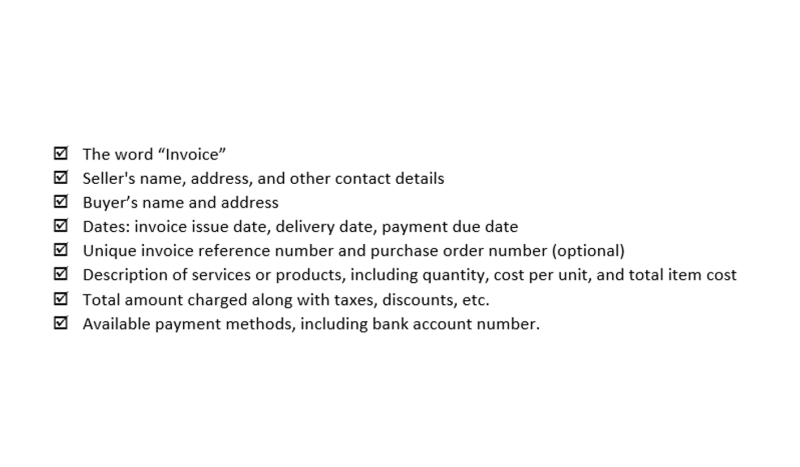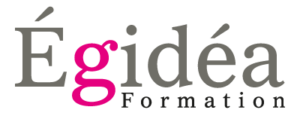
Note that if a company believes it may recover a portion of a balance, it can write off a portion of the account. Since it’s an estimate, thus it’s very important to have clear standards and models to estimate this figure. The overstatement can mislead investors and other stakeholders, leading to incorrect business decisions. If you keep a lot of inventory in stock, chances are that some of the inventory will become obsolete. This frequently happens to manufacturing companies that sell products with an expiration date since any inventory remaining in stock past the expiration date quickly becomes obsolete. Master accounting topics that pose a particular challenge to finance professionals.

Thus, a company is required to realize this risk through the establishment of the allowance for doubtful accounts and offsetting bad debt expense. In accordance with the matching principle of accounting, this ensures that expenses related to the sale are recorded in the same accounting period as the revenue is earned. The allowance for doubtful the allowance for doubtful accounts is a contra asset account that equals accounts also helps companies more accurately estimate the actual value of their account receivables. The accounts are shown in the balance sheet in the asset section itself, just below the accounts receivables line item. Doubtful accounts are generally considered contra accounts, meaning they will have either zero or credit balances.
Accounts Payable
A company can further adjust the balance by following the entry under the « Adjusting the Allowance » section above. Note that the debit to the allowance for doubtful accounts reduces the balance in this account because contra assets have a natural credit balance. Also, note that when writing off the specific account, no income statement accounts are used. This is because the expense was already taken when creating or adjusting the allowance. This account reflects a zero or credit balance; hence it is considered an asset.

Days Sales Outstanding (DSO) is used with windows, like 0-30 days, days, and days, are considered. The allowance for doubtful accounts is estimated based on other factors, such as customer creditworthiness and economic conditions, which is useful when a more nuanced estimate is needed. The allowance reduces the gross accounts receivable balance to $1,900,000, providing a more realistic representation of what the company expects to receive. This estimate is made based on the business’s experience with uncollected accounts and any specific information about individual accounts suggesting that payment may not be received. It provides a more accurate picture of the company’s financials by including the expected level of uncollectible accounts. In some cases, you may write off the money a customer owed you in your books only for them to come back and pay you.
Seamless dunning through automated collections
Properly managing the allowance for doubtful accounts ensures that your financial statements are accurate and up-to-date. The aging of accounts receivable is another factor in adjusting the estimated amount. The estimation may not be suitable for businesses experiencing significant fluctuations in sales or bad debts.
He’s currently a VP at KCK Group, the private equity arm of a middle eastern family office. Osman has a generalist industry focus on lower middle market growth equity and buyout transactions. By a miracle, it turns out the company ended up being rewarded a portion of their outstanding receivable balance they’d written off as part of the bankruptcy proceedings. Of the $50,000 balance that was written off, the company is notified that they will receive $35,000. To learn more about how we can help your business grow, contact one of our sales agents by filling out the form below.
Estimation Techniques of Allowance for Doubtful Accounts
To oppose the revenue made by a company, contra revenue accounts must have a debit balance. A contra asset account is an account in the balance sheet that offsets the balance of a regular asset account. The company now has a better idea of which account receivables will be collected and which will be lost. For example, say the company now thinks that a total of $600,000 of receivables will be lost.

To do this, companies use various methods to calculate the estimated number of uncollectible accounts that need to be reserved. The allowance for doubtful accounts is a management estimate and may not always be accurate. If the actual amount of uncollectible accounts receivable exceeds the estimated allowance, the company may need to adjust for the future. Contra asset accounts provide business owners with the true value of certain asset accounts. For example, let’s say your accounts receivable balance is currently $11,500, but you’re not entirely sure that you’ll be able to collect the entire balance due.
Note that the accounts receivable (A/R) account is NOT credited, but rather the allowance account for doubtful accounts, which indirectly reduces A/R. The customer who filed for bankruptcy on August 3 manages to pay the company back the amount owed on September 10. The company would then reinstate the account that was initially written off on August 3. Therefore, it reduces the value of shareholders’ equity by the amount paid for those repurchased stocks. A Pareto analysis is a risk measurement approach that states that a majority of activity is often concentrated among a small amount of accounts. In many different aspects of business, a rough estimation is that 80% of account receivable balances are made up of a small concentration (i.e. 20%) of vendors.



Leave a Comment